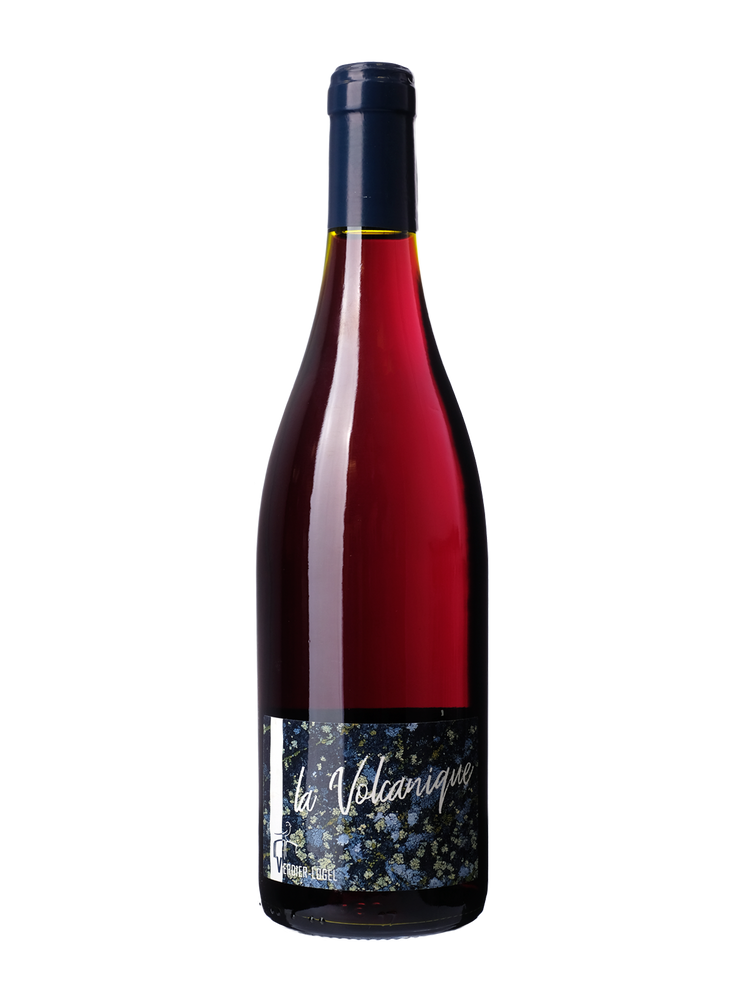What does Sicily have in common with Tenerife? Volcanoes.
Sicily has Mount Etna, a fully active volcano of around 3,300 metres, it’s hard to be precise because it fluctuates with each eruption. Tenerife’s Mount Teide is also active, although the last eruption was 1909, and it’s taller than Etna at 3700 metres. The highly mineral, free draining soils you find on the slopes of volcanos can make for some very distinctive wines. Both regions are close to the heart of one of Sicily’s most exciting producers, Eduardo Torres Acosta.
‘Volcanic soils are like a family for me,’ jokes Eduardo Torres Acosta, who grew up making wine on Tenerife.
In recent years, he has established himself as a winegrower on the slopes of Etna, a region that has gathered a critical mass of interesting producers, of which Eduardo is one.
Eduardo’s story
‘I started making wine in Tenerife with my father and grandfather,’ he says. ‘They always made wine there’. The family venture was small, we made wine to drink at home. Eduardo studied agriculture and enology, taking two degrees while working in his father’s cellar.
In search of new experiences, Eduardo came to Sicily in 2012. Roberto Santana from cult Spanish wine collective Envínate had introduced him to Arianna Occhipinti, the well known natural winegrower based in Vittoria. ‘In 2012 I did harvest in Arianna’s winery,’ says Eduardo, ‘and while I was there, I visited Etna for the first time’.

‘I saw the volcano and visited the vineyards. And I had the opportunity to work in the Passopisciaro winery’. Tenuta di Passopisciaro is the Sicilian winery of Andrea Franchetti, who built his reputation with his remarkable Trinoro wines in Tuscany. Eduardo did four vintages as Franchetti’s enologist, and during this time he began his own project. ‘The first year there, I started renting vineyards, and in 2014 I did my first harvest.’ He made the first four vintages in Arianna’s winery, which meant that because it was out of the Etna region he had to label it IGT, without Etna on the label. He’s had his own cellar since 2018 but has kept with IGT labelling.
Is it easy to find old vineyards in Etna, which is now a sought after region? ‘No, it’s difficult for a foreigner,’ he says. But after working in the locality for a few years he earned the acceptance of the locals. ‘I am searching for old vineyards, to rent them and then recover them,’ says Eduardo. ‘At the moment I work at eight different sites. One I own, and the other seven I rent. The goal is to renovate the vineyards and then buy them in the future'.
Local grapes and old vines
The farming approach? ‘We are organic, using a little sulfur and copper, only when necessary. Viticulture is easy on Etna, the summer is hot and there is wind. For example, in the past year we did only one treatment'.
The emphasis is on local grapes, principally Nerello Mascalese. ‘I am trying to use the varieties I find in the old vineyards,’ he says. The goal is to renovate the vineyards, get them in good condition, and then propagate new vines from the best plants. The aim is to preserve the local varieties.

When we talk about volcanic soils, they aren’t all the same. ‘The volcanic soils differ according to the place,’ he says. ‘We have vineyards that are east, north and west facing. In different places, and at differing altitudes, the soils change’. He’s recently started making wine from non-volcanic soils: ‘This was the first vintage I worked with Nerello Mascalese on sandstone soils,’ he says. ‘For me, this was interesting for understanding a new profile of the grape’.
The other single vineyard wines are Pirrera (90% Nerello Mascalese with the balance other varieties, from the north side of Etna) and Quota N (Nerello Mascalese, Grenache, with other local varieties.
But 80% of his production is Versante Nord. This is a pair of red and white wines that come from different vineyards, ranging from 550-900m. ‘I like the blends of different places,’ he says. ‘Versante Nord is a blend of six different vineyards’.
In the cellar
There is no recipe for winemaking. ‘My vinification depends on the vintage,’ says Eduardo. The harvest date usually depends on altitude, and only the single vineyard wines are vinified separately. ‘I am trying to translate each vineyard and each vintage in different ways,’ he says. ‘The skin of Nerello is much thinner at high altitude, while at lower altitude the skins are thicker and more tannic. In the hot vintages in the lower vineyards, I try to do a softer vinification with more whole clusters. At altitude I tend to do a long maceration’.
Does he ever use sulfites during vinification? ‘For me, in volcanic soils in Etna I think it is necessary to add a small quantity of sulfites,’ says Eduardo. ‘The pH of grapes from this soil is higher. It is possible to vinify without, but if you want to maintain the Etna terroir a minimal addition is needed. In this soil it is difficult. You have to pay a lot of attention to the vinification and taste the wines’.
And does Eduardo ever do fermentations with whole clusters, as opposed to destemming? ‘It depends on the vineyards,’ he explains. ‘For example, Pirrera 2018 is whole cluster and foot trodden. But Versante Nord is 20% whole cluster. It all depends. Quota Nave comes from a vineyard at 1000 metres and is normally destemmed, because it is difficult to get the maturity of the grapes at high altitude’.
As you might expect here, the wines aren’t vinified in new barrels: a much more sensitive approach is taken, looking to preserve the character of the place. ‘80% of the winemaking is in concrete, with a small percentage of oak, which is old,’ he says. ‘For me, concrete is good for ageing. It represents the terroir and the variety’.
But Eduardo hasn’t forgotten his roots. As well as his Sicilian wines – he now makes 30 000 bottles a year and doesn’t intend to increase this – he is starting a project in Tenerife. ‘My aim is to work in both Tenerife and Sicily,’ he says. The project is already underway, and one vintage has been bottled, but because of Covid has had a year off, and it hasn’t yet been launched. The aim is that he and his family (his partner Giulia and their new baby Tomàs) will eventually split their time between Sicily and Tenerife. ‘For me it is important to see the family in Tenerife’, he says.


